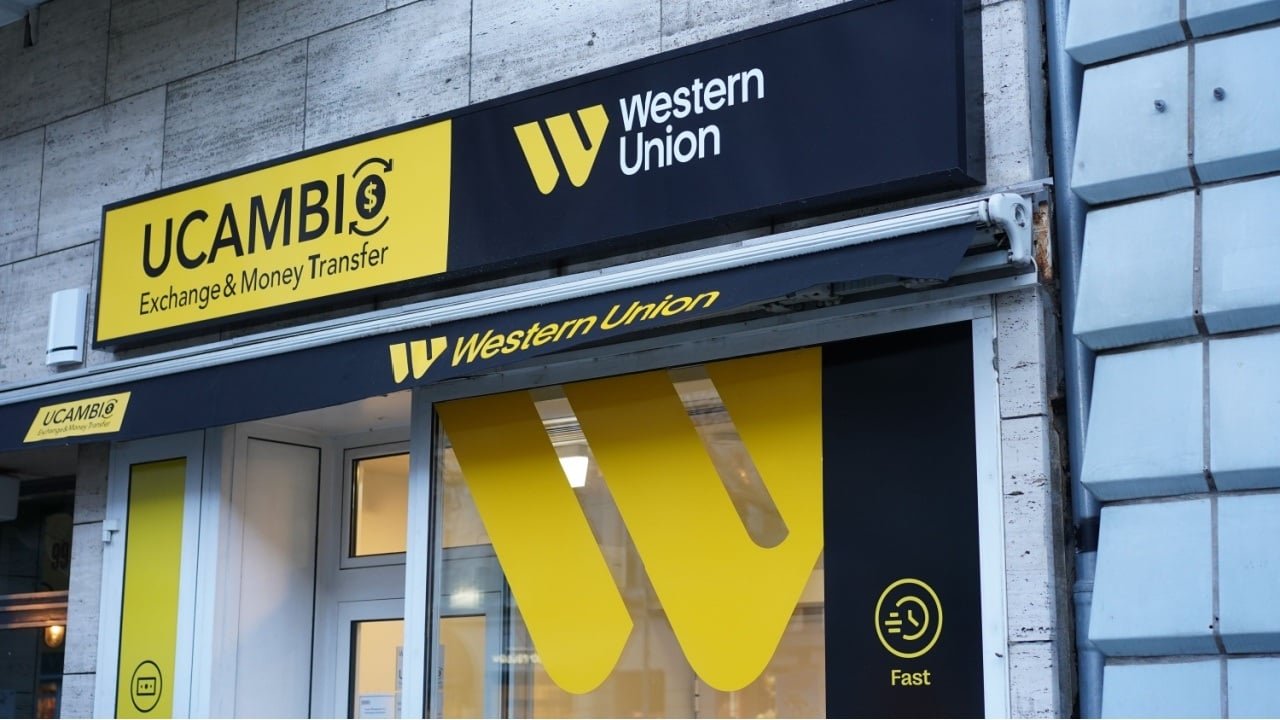
The Stablecoin Revolution: Disrupting Traditional Finance and Paving the Way for a Digital Future
Introduction: The Dawn of a New Financial Era
The financial world is on the cusp of a revolution, one that promises to redefine the way we transact, invest, and manage money. At the heart of this transformation lies the stablecoin—a digital currency designed to maintain a stable value relative to a reference asset, typically the US dollar. Unlike their volatile counterparts such as Bitcoin and Ethereum, stablecoins offer a unique proposition: the stability of traditional currencies combined with the efficiency and accessibility of blockchain technology. This report explores the multifaceted nature of the stablecoin revolution, delving into their potential benefits, the challenges they pose, and their likely trajectory in the years to come.
Stablecoins: A Bridge Between Crypto and Traditional Finance
The Allure of Stability
One of the most significant barriers to the widespread adoption of cryptocurrencies has been their inherent volatility. The value of Bitcoin, for instance, can fluctuate wildly within a single day, making it an unreliable medium of exchange and store of value. Stablecoins address this issue by pegging their value to a stable asset, such as the US dollar, the euro, or even a basket of commodities. This stability is crucial for businesses and individuals alike, enabling them to transact with confidence and avoid the wild price swings that characterize the broader crypto market.
Efficiency and Accessibility
Stablecoins leverage the power of blockchain technology to facilitate faster, cheaper, and more transparent transactions compared to traditional payment systems. Cross-border payments, in particular, are ripe for disruption. Traditional remittance providers like Western Union and MoneyGram often charge exorbitant fees and take days to process transactions. Stablecoins, on the other hand, can bypass the complex network of intermediaries and correspondent banks, resulting in near-instantaneous transfers at a fraction of the cost.
Programmability and Innovation
Beyond their basic functionality as stable stores of value, stablecoins are also programmable. This means they can be integrated into smart contracts and decentralized applications (dApps), opening up a world of possibilities for innovative financial products and services. For example, stablecoins can be used to automate payments, facilitate decentralized lending, and enable fractionalized asset ownership. This programmability is a game-changer, as it allows for the creation of financial instruments that are more flexible, transparent, and accessible than their traditional counterparts.
Disrupting the Cross-Border Payments Landscape
Challenging the Status Quo
Traditional remittance providers like Western Union and MoneyGram have long dominated the cross-border payments market. However, their services are often expensive, slow, and inaccessible to certain populations. Stablecoins offer a compelling alternative, promising to democratize access to financial services and empower individuals around the world. By providing a more efficient and affordable way to send and receive money, stablecoins can help bridge the gap between the banked and the unbanked, fostering greater financial inclusion.
The Western Union Perspective
Despite the potential threat, some traditional players are beginning to recognize the opportunities presented by stablecoins. Western Union CEO Devin McGranahan has publicly embraced stablecoins, viewing them as a path to innovation and growth rather than a threat to the company’s existing business model. He emphasized that stablecoins can facilitate faster and cheaper cross-border transactions, benefiting both the company and its customers. This suggests a potential shift in strategy, with traditional players exploring ways to integrate stablecoins into their existing infrastructure to enhance their services and remain competitive.
Real-World Impact
The benefits of stablecoin-based cross-border payments are particularly pronounced for individuals in developing countries, who often face limited access to traditional banking services and exorbitant remittance fees. For example, a migrant worker in the Philippines sending money back home can save a significant amount by using stablecoins instead of traditional remittance services. This not only improves their financial well-being but also fosters greater economic stability in their home countries.
The Regulatory Landscape: Navigating Uncertainty and Fostering Innovation
A Call for Clarity
One of the key challenges facing the stablecoin industry is the lack of clear and consistent regulatory frameworks. This uncertainty can stifle innovation and create barriers to entry for new players. Many argue that regulators should adopt a flexible and adaptable approach that balances the need for consumer protection and financial stability with the desire to foster innovation and growth. Clear guidelines on issues such as reserve requirements, anti-money laundering (AML) compliance, and consumer protection would go a long way in fostering a healthy and vibrant stablecoin ecosystem.
Navigating the Regulatory Maze
The regulatory landscape for stablecoins varies significantly across different jurisdictions. Some countries have taken a relatively permissive approach, while others have adopted more stringent regulations. The United States, in particular, is still grappling with how to regulate stablecoins, with various government agencies vying for oversight authority. The Securities and Exchange Commission (SEC), the Commodity Futures Trading Commission (CFTC), and the Financial Crimes Enforcement Network (FinCEN) all have a stake in the regulation of stablecoins, leading to a fragmented and often confusing regulatory environment.
The Importance of Collaboration
Effective regulation of stablecoins requires collaboration between regulators, industry participants, and other stakeholders. By working together, these parties can develop comprehensive and well-informed regulatory frameworks that promote innovation, protect consumers, and ensure the stability of the financial system. For example, the Libra Association, the organization behind the now-defunct Libra stablecoin, engaged in extensive dialogue with regulators and policymakers to address their concerns and ensure compliance with relevant laws and regulations. This collaborative approach is essential for building trust and fostering the growth of the stablecoin industry.
The Future of Stablecoins: Growth, Integration, and Transformation
Explosive Growth on the Horizon
Several factors are driving the projected growth of stablecoins, including increasing global adoption, the development of new use cases, and the ongoing integration with traditional finance. As more businesses and individuals embrace stablecoins, their market capitalization is expected to surge in the coming years. According to a report by Blockchain Research Institute, the global stablecoin market is projected to reach $1 trillion by 2025, representing a significant increase from its current market capitalization of around $100 billion.
Integration with Traditional Finance
One of the key trends to watch is the increasing integration of stablecoins with traditional financial institutions. Banks and other financial service providers are beginning to explore ways to incorporate stablecoins into their existing products and services, offering customers new and innovative ways to manage their money. For example, JPMorgan Chase has launched its own stablecoin, JPM Coin, which is used to facilitate instant settlements between institutional clients. This trend is likely to accelerate in the coming years, as more financial institutions recognize the benefits of stablecoins and seek to leverage their unique features.
Beyond Payments: New Use Cases Emerge
While cross-border payments are currently the most prominent use case for stablecoins, their potential extends far beyond this. Stablecoins can be used for a wide range of applications, including decentralized lending, supply chain finance, and digital identity verification. For example, decentralized lending platforms like MakerDAO allow users to borrow and lend stablecoins, providing a more accessible and transparent alternative to traditional lending services. Similarly, stablecoins can be used to streamline supply chain finance by enabling instant settlements and reducing the need for intermediaries.
Conclusion: A New Era of Finance
Stablecoins represent a paradigm shift in the world of finance, offering a unique blend of stability, efficiency, and programmability. While challenges remain, including regulatory uncertainty and the need for greater consumer education, the potential benefits of stablecoins are undeniable. As adoption grows and regulatory frameworks mature, stablecoins are poised to disrupt traditional payment systems, foster financial inclusion, and pave the way for a more decentralized and accessible financial future. The journey is just beginning, but the destination promises to be transformative. The stablecoin revolution is not just about disrupting traditional finance; it is about reimagining the very fabric of our financial systems and creating a more inclusive, efficient, and transparent global economy.





